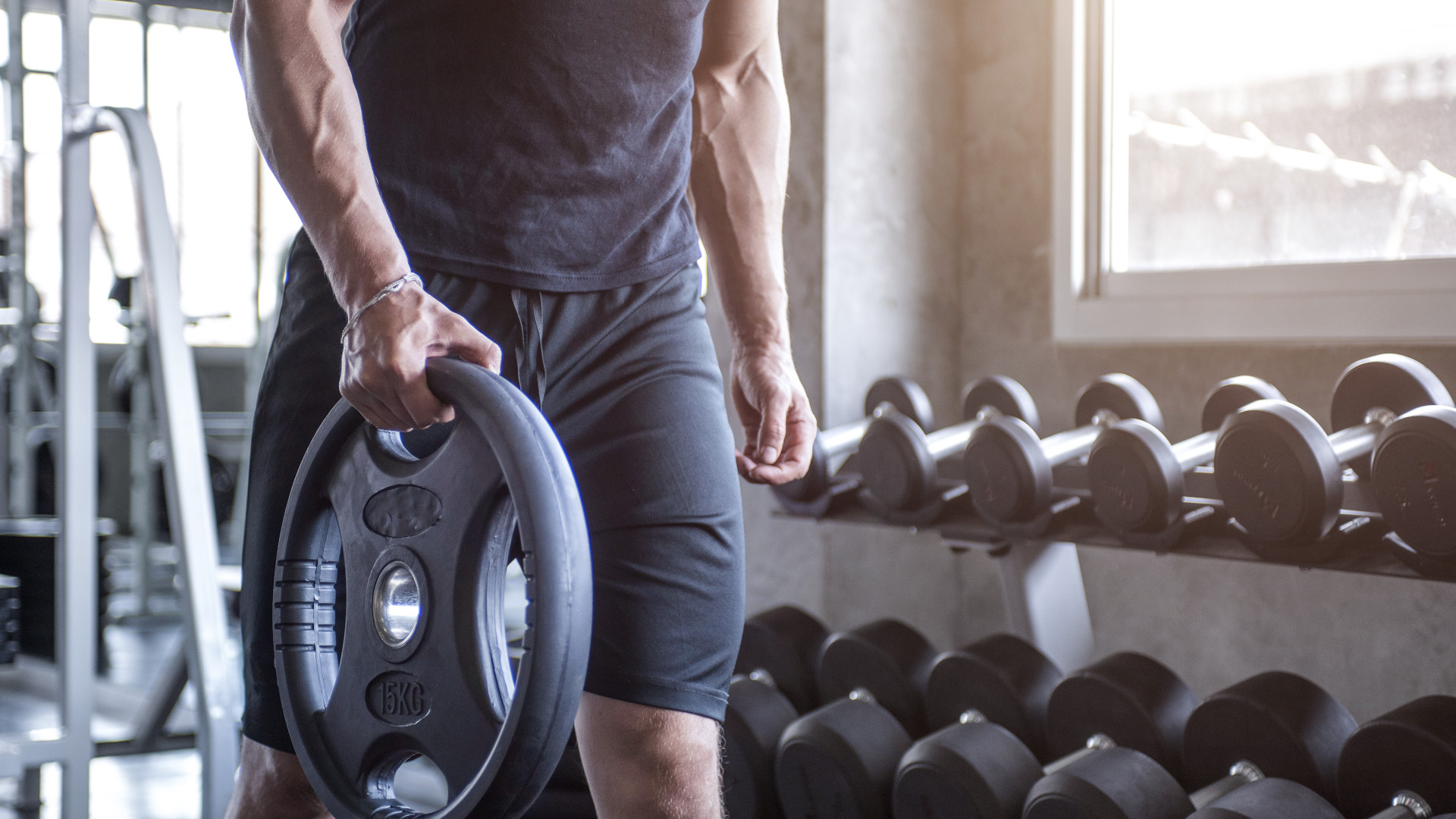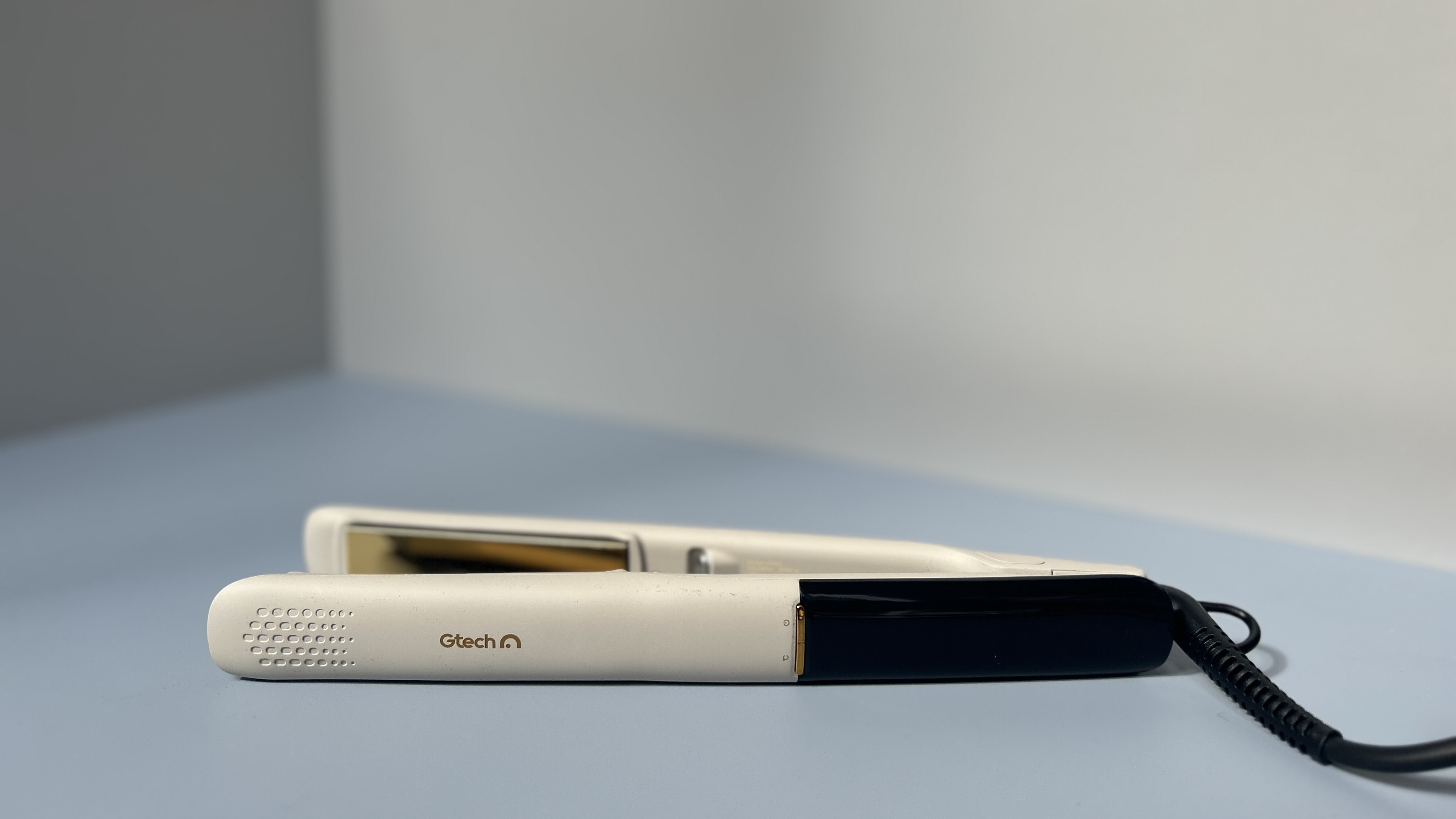
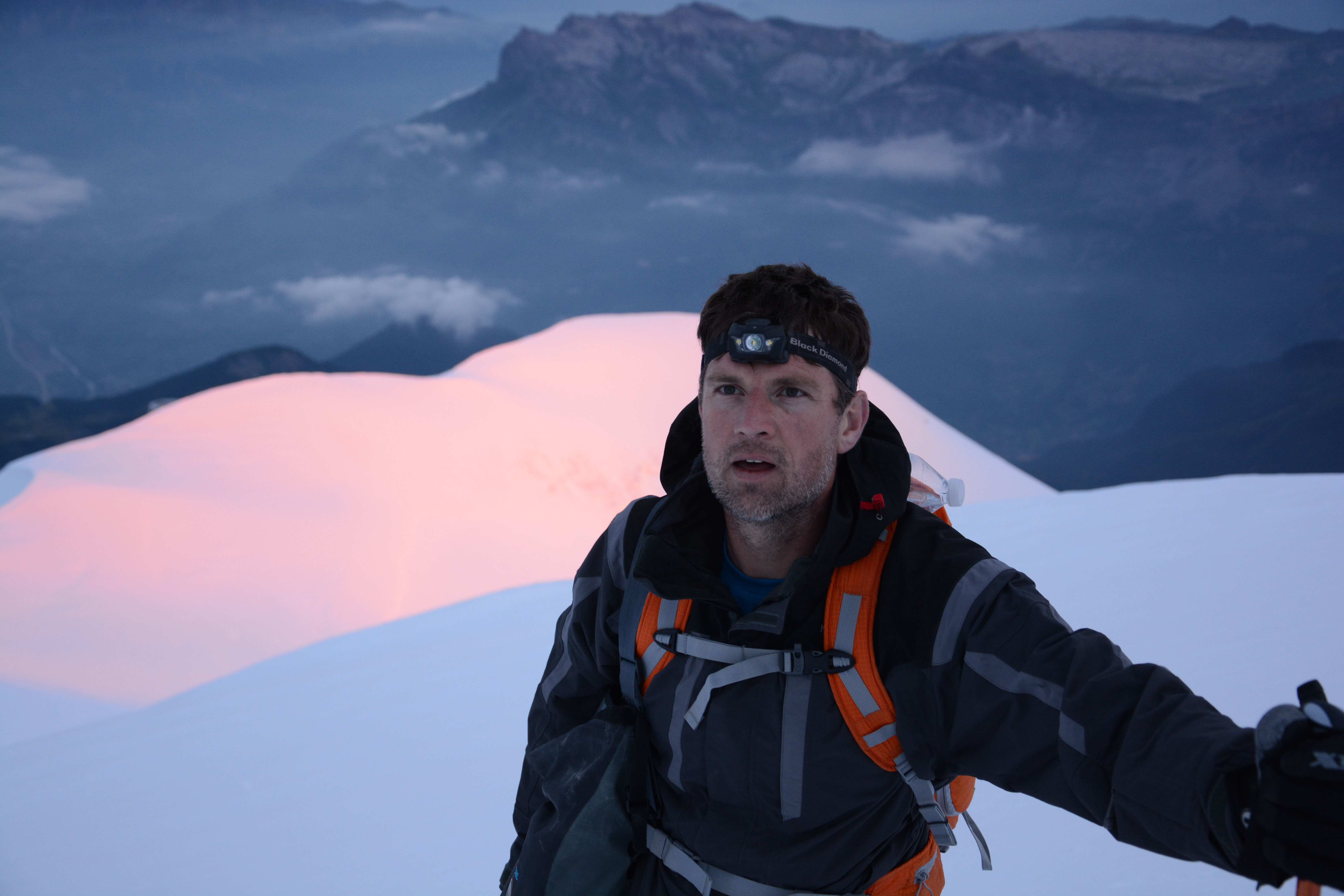
Imagine covering the full trailhead-to-trailhead distance, seeing all the same sights and enjoying the same feelings of freedom and escape that the through-hikers experience, but in half the time. You can do exactly that by packing light, swapping heavy hiking boots for more nimble trail walking shoes or even running shoes, and being a bit more fleet on your feet. The pursuit you need in your life is called fastpacking – and it might just revolutionise the way you explore the outdoors.
For outdoor adventurers, heading off on a proper backpacking jaunt is a pretty exciting prospect. Spending several days and nights out and about, exploring a long-distance path (LDP) along the coastline, across a moor or through a mountain range – either solo, with a partner or some mates – is exactly the kind of al fresco escapade that we yearn for. These experiences can challenge and rejuvenate you in equal measure, and they generally result in a bunch of great anecdotes and long-lasting memories.
But…we’re all busy people leading increasingly hectic lives, right? And sometimes it’s simply not possible to get a ticket of leave from your job or domestic duties to bunk off and go walkabout in the wilderness for a week or so, which is the sort of minimum time commitment many of the best long-distance trekking trails demand.
You could walk the paths one section at a time, over several months or years, but that doesn’t bestow quite the same level of kudos or sense of achievement as doing the full end-to-end odyssey – something the Americans call ‘through-hiking’ or thru-hiking if they’re in a real rush.
What is fastpacking?
Fastpacking is the offspring of a sweaty ménage à trois between trail running, trekking and backpacking. Instead of plodding along a path, carrying loads of provisions for multiple days out, fastpackers walk, run and trot along the trail with a minimum of baggage, and cover twice as much distance as a result.
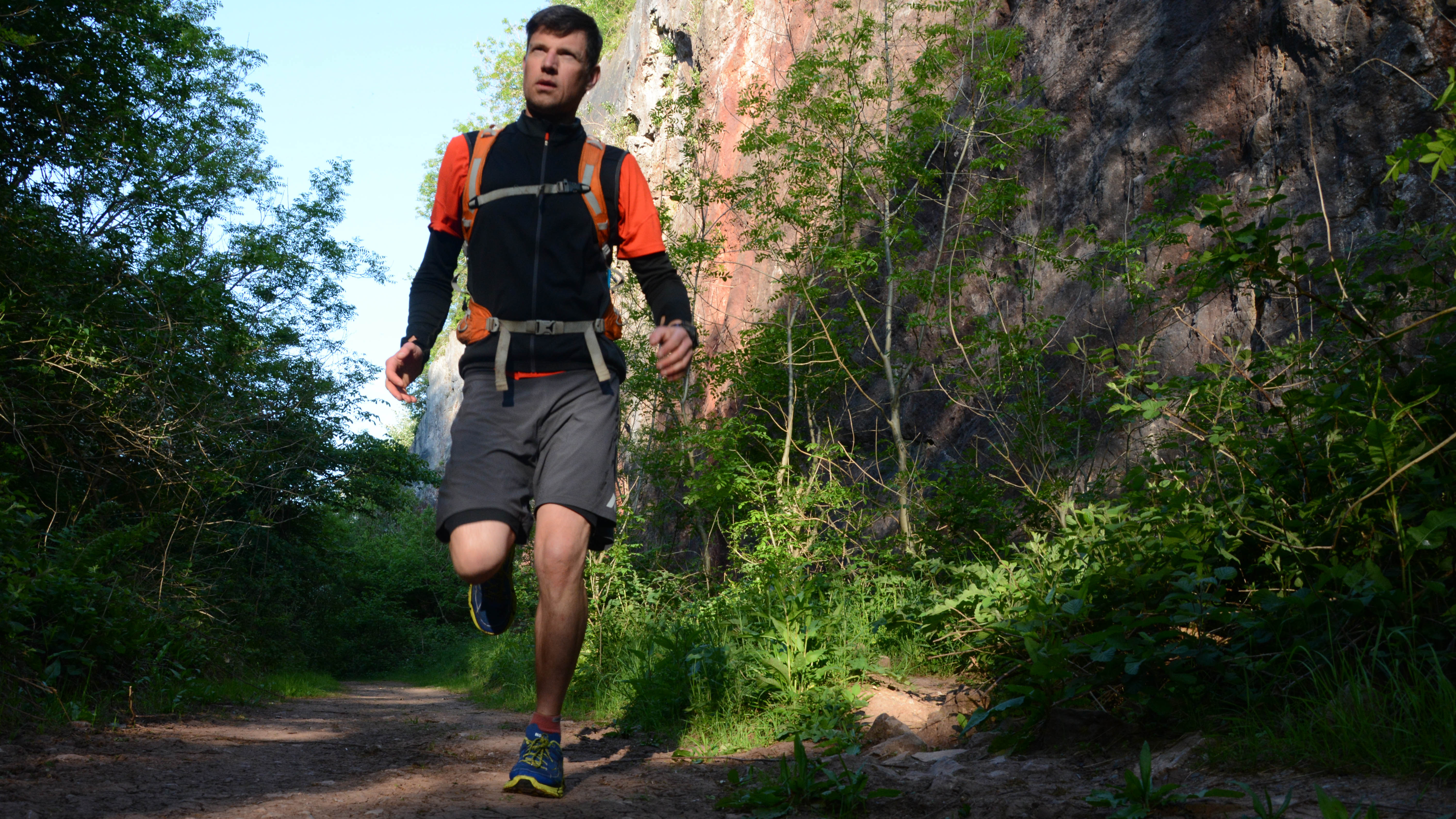
How to pack smart for fastpacking
Packing light starts with your choice of the best hiking backpack for the mission you’re undertaking – a large bag like Osprey’s UNTLD Antigravity 64-litre pack is great for long hikes, but for most fastpacking forays, you can usually get away with a good, largish daypack such as the excellent Osprey Tempest Pro (for women) and Talon Pro (for men) 28–30 litre packs.
Limiting your carry capacity with a smaller bag will force you to pack smart and leave behind the things you really don’t need. From there, you will want to source the best lightweight tent you can find (I have enjoyed using the 3-season Alpkit soloist on recent fastpacking adventures), along with an easy-to-compress and pack a lightweight sleeping bag (I love my Alpkit Pipedream 400) and comfy, inflatable camping mat that folds down very small (the Alpkit Whisper has done me proud in all conditions).
Sign up to the T3 newsletter for smarter living straight to your inbox
Get all the latest news, reviews, deals and buying guides on gorgeous tech, home and active products from the T3 experts
A compact camping cooking stove is next (The Vango Atom and Primus Firestick are both good and light, but designs like the Jetboil stoves come with an integrated cooking pot, so they can be excellent too). Liquids are horribly heavy, so a decent-quality quick water-purifying system like the ingenious Lifestraw Go is ideal.
You need to make some smart choices with the layers of clothing you wear and pack, from the best baselayers to warm mid-layers and lightweight but protective waterproof shell jackets.
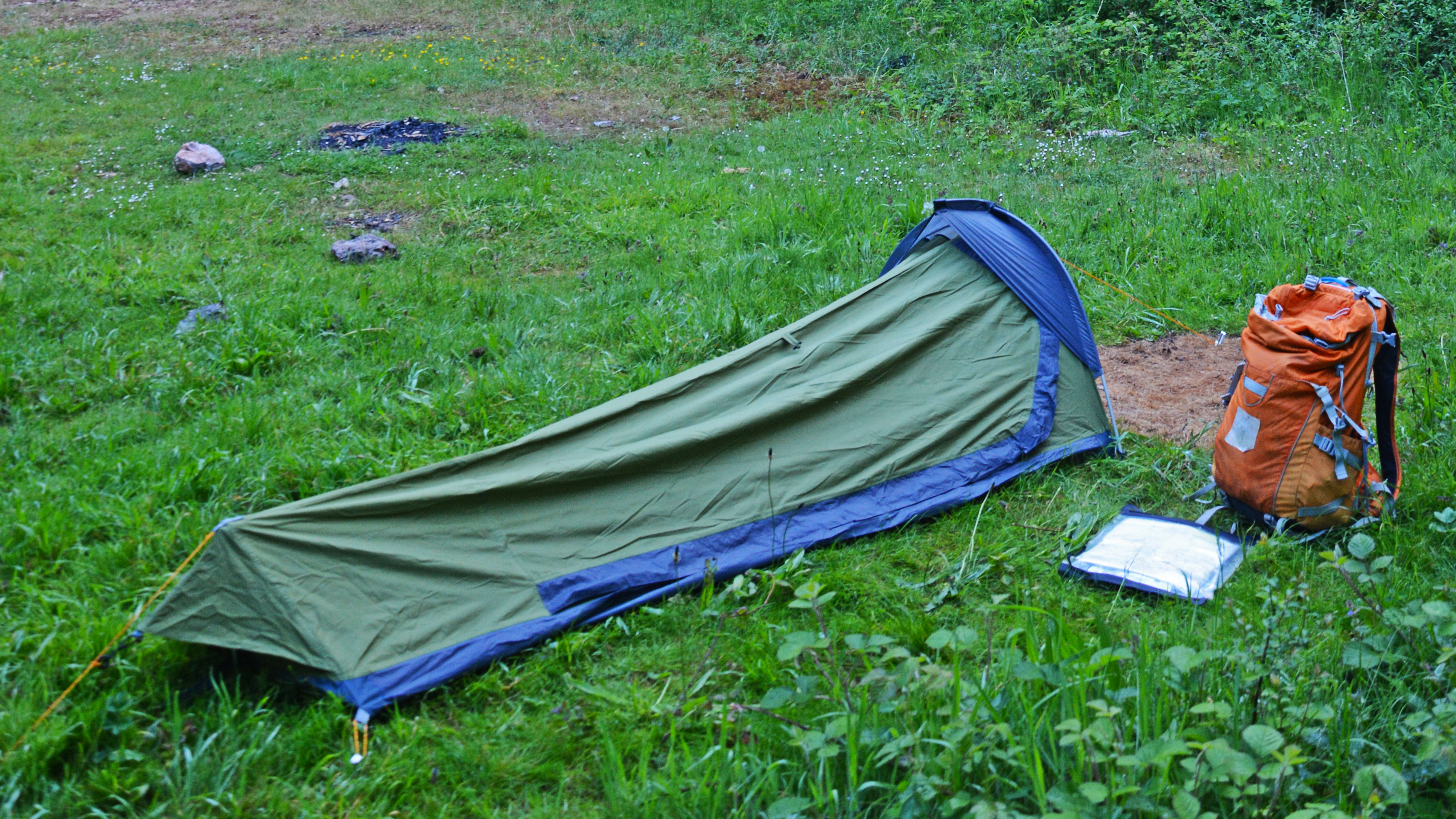
An ultra lightweight bivy was more than enough shelter during a summer fastpacking adventure along the Mendip Way
And what do you know about it anyway?
I have enjoyed fastpacking adventures along long-distance paths in various parts of Britain and well beyond, including New Zealand, where I once trotted along all the land-based Great Walks (all external links in this section) in a total of ten days – which was an incredible way to see some corners of the country I would never have had time to reach by backpacking the routes.
Most recently, I fastpacked the West Highland Way in Scotland at the end of October, completing the 96-mile route in three and a bit days. The cold conditions in the Highlands at that time of year meant I had to carry a lot more kit than I had on previous adventures, such as when I fastpacked the Mendip Way over two glorious summer days a couple of years ago, but it was a fantastic experience never the less.
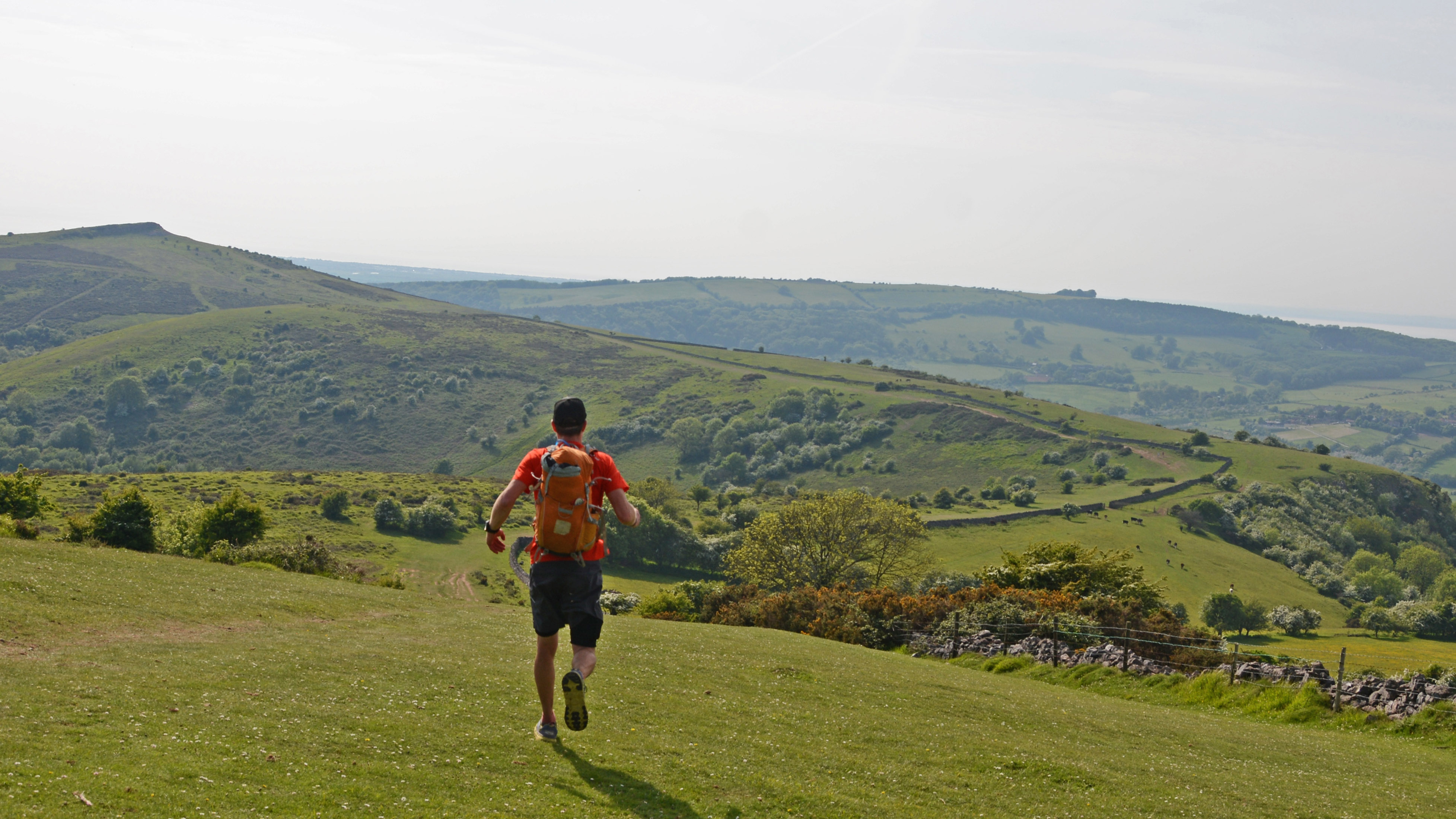
Running towards Crook Peak while fastpacking the Mendip Way
Six reasons I love fastpacking
Traditional walkers may ask – what’s the rush, why not take your time? Every one has their own reasons for tackling trails in they way they do, but following are five big benefits of fastpacking.
1. You can go further and see more
Fastpacking is not about never pausing to take in a view, or stopping to smell the wild roses, but it does mean that you travel lighter and faster along a route, often shaving several days off the time out required to do it. And for many people – whether they are out and about on home turf or squeezing some trail time into a holiday – this simply means they can do and see more of the coast and countryside they’re exploring.
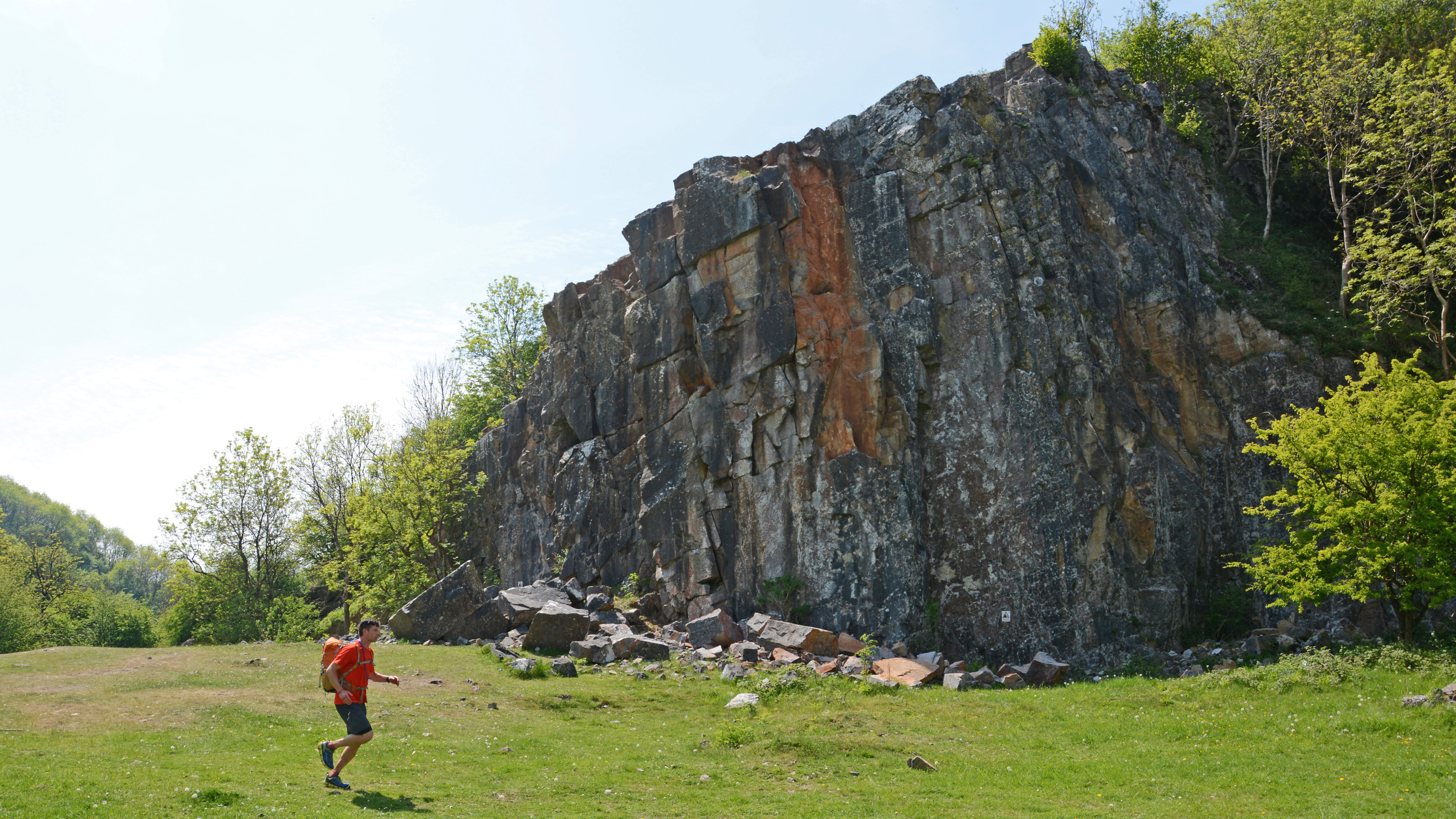
Passing Black Rock at the top of Cheddar Gorge while Fastpacking the Mendip Way
2. You can travel light and move more freely
The less time you’re going to be out on the trail, the less gear and provisions you need to cart along with you. I know that’s pretty obvious, but it’s worth underlining. And while moving faster might sound tiring, carrying less weight is utterly liberating, and it makes the miles much easier to tick off and enjoyable to do.
3. It's easy to stay light on your feet
The best hiking boots are excellent for supporting your ankles and protecting your feet when you’re walking technical trails with a large backpack on, especially in challenging weather. However, most people do the majority of their trekking and backpacking in the warmer months and not at any serious altitude. If you then significantly cut down on the weight in your pack – as fastpackers do by design – then a good pair of much lighter walking shoes or even some sturdier trail runners will offer all the foot support and protection you require out there.
It’s amazing how much more pleasant your time on the paths feels when you’re wearing lighter, more breathable footwear. It vastly reduces leg muscle fatigue over longer distance escapades because you’re lifting much less weight with each step (and imagine how many steps you’ll do on, say, a 100-mile route like the Cotswold Way or South Downs Way, let alone a real epic like the 268-mile Pennine Way or even the 610-mile monster that is the sensational South West Coast Path).
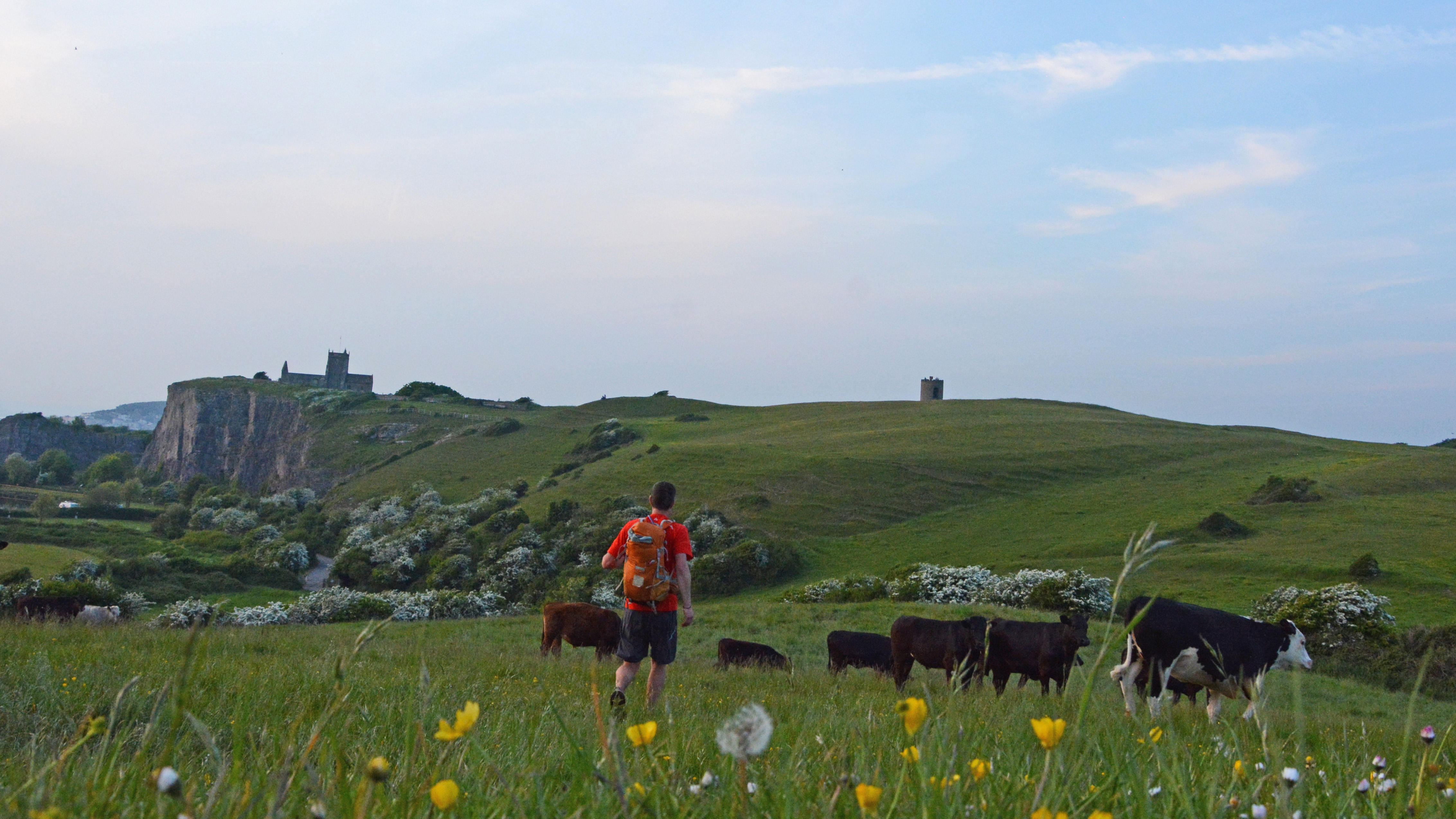
4. Fastpacking lessens your footprint
Not only is it much nicer to wear lighter footwear and carry less gear, but it’s also actually much better for the trails that you travel along. These paths are often much more fragile than they appear, and the really popular ones – such as the West Highland Way in Scotland, sections of which are walked by over 100,000 people each year – can take a hammering.
The South West Coast Path Association reports that it needs to spend £1,000 per year per mile of the route just to keep it useable by the public. The lighter you tread, the better it is for the trail, and the fewer days you spend out there, the less stress is placed on the facilities and infrastructure that’s in place.
As a side-point, I believe I’ve encountered more wildlife while fastpacking than I have backpacking – my theory is that because backpackers are heavier and slower at moving along the trail, they are also noisier, which alerts animals to their presence. Fastpackers move quicker and with more stealth and therefore enjoy more surprise meetings with the wild birds and beasts of the woods and hills.
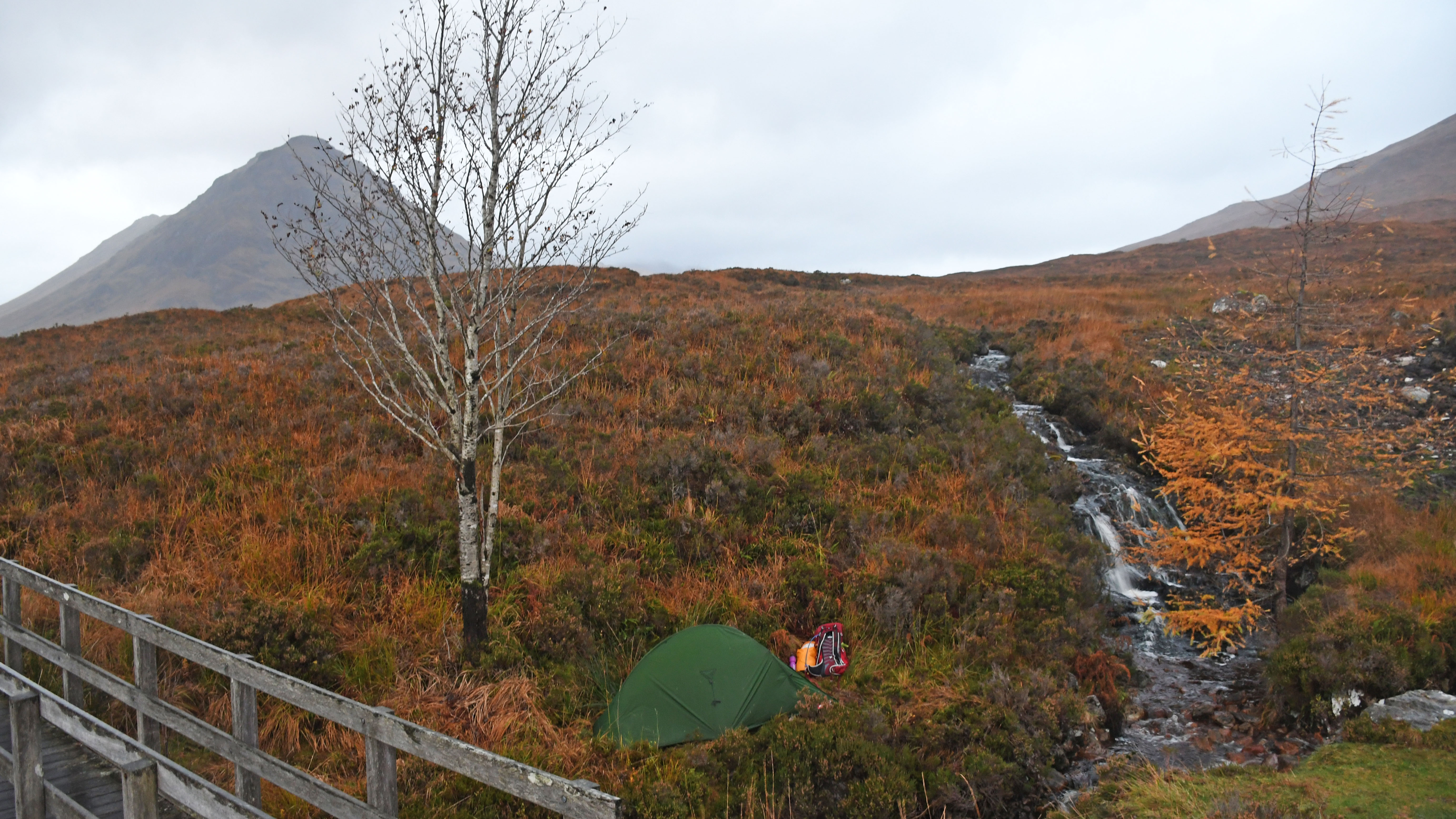
5. It allows you to stay free and easy
A lot of people prefer to travel a bit quicker, even when they’re not under time pressure. Often, when you’re doing a multiday trek, you reach the hut or campsite you’ve planned to stay at early in the afternoon, but not everyone will want to stop for the day at that point. If conditions are good – or, conversely, if it’s wet and wild and you’d rather be out on the trail than cooped up in a small tent – then you may well want to crack on
It’s hard to judge the time required for any given section of a track or path from a map or even from other people’s accounts because there are so many factors at play – from your personal fitness level to the weather and the condition of the trail. But fastpacking gives you the independence to stop for the night whenever you feel like it. This can mean wild camping, which is legal across most of Scotland, but less so elsewhere in the UK – just remember to be discreet and respectful and always abide by leave no trace (external link) principles when camping.
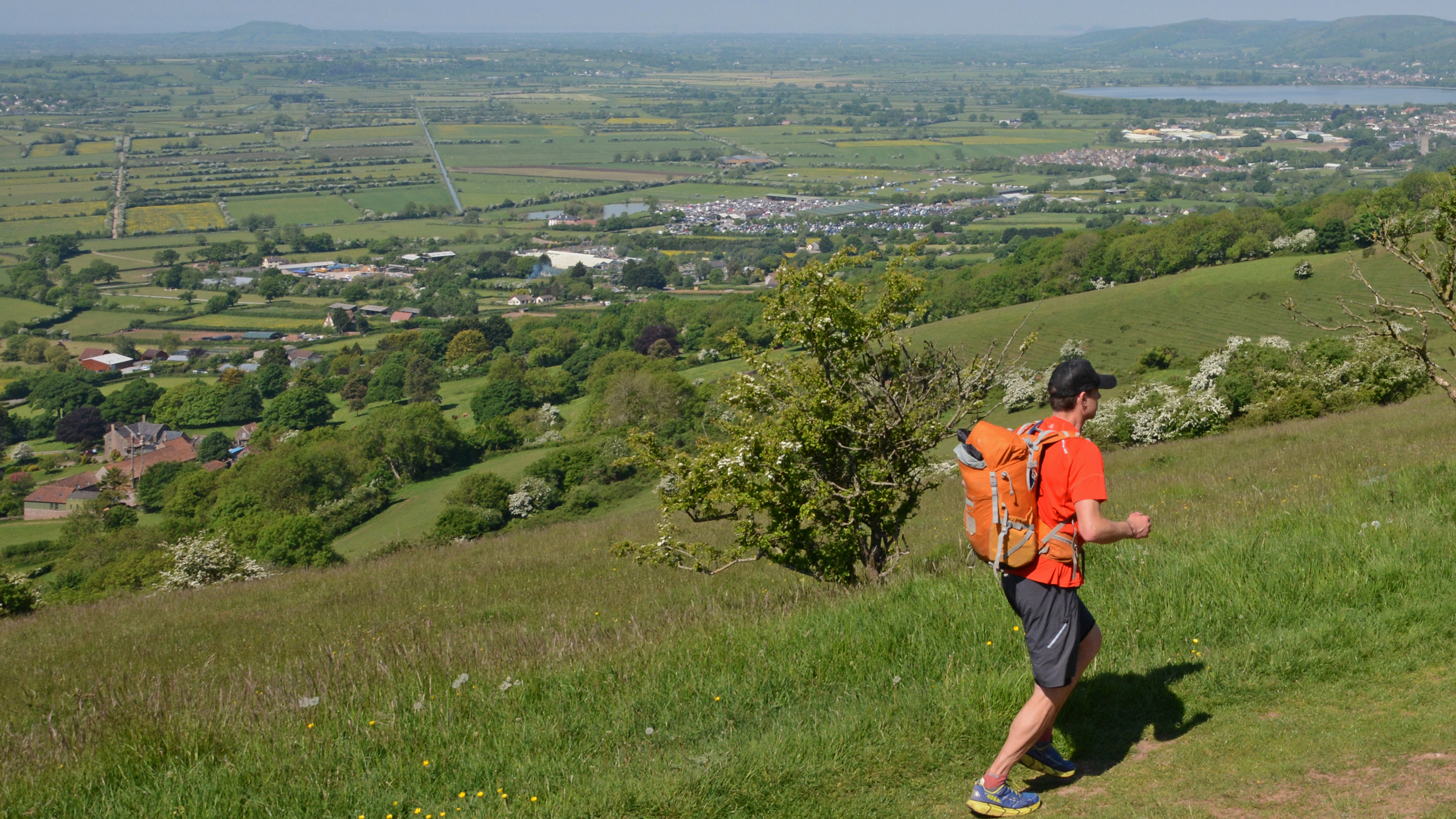
Running above The Levels in Somerset, while fastpacking the Mendip Way
6. Fastpacking can get you fit
Fastpacking is not as exhausting as it sounds because, just like the vast majority of trail runners, fastpackers will usually walk the uphills, jog the flats and then pick up the pace on descents. Also they’re carrying less weight and wearing lighter gear (see above), and there’s no competitive pressure – choose a pace that’s comfortable for you and your adventure buddies, and stick with that. However, if fitness and performance are important to you, or you’re training for something specific (like an ultra), fastpacking is an excellent way to work on your endurance and trail trimness.
Five mistakes to avoid
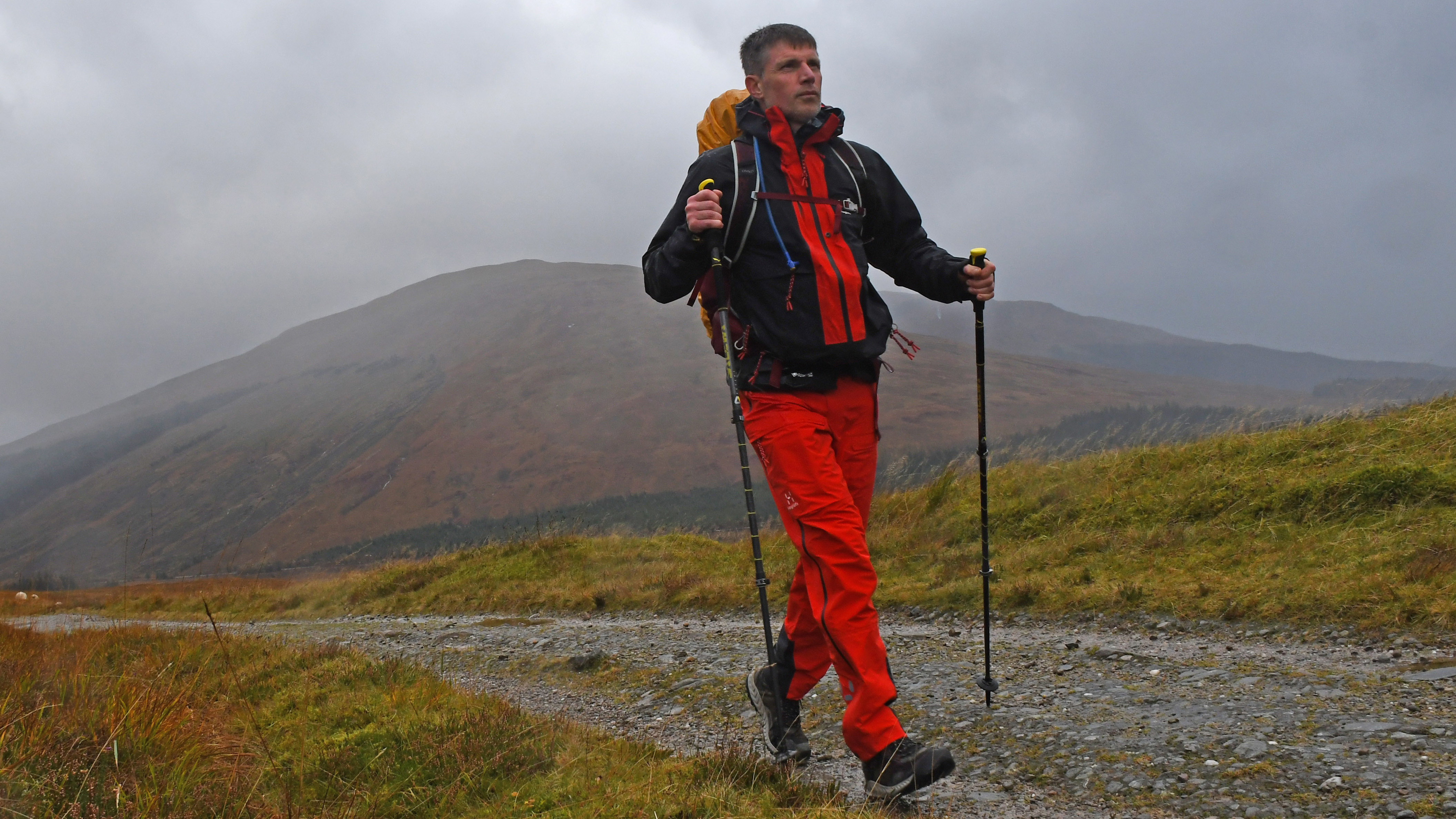
Speed marching along a historic military road in heavy weather while fastpacking the West Highland Way
Fastpacking forays can be fantastic and very rewarding…but they can also go very wrong if you are not careful. Here are five top tips to stop your first fastpacking trip from becoming your last-packing trip:
Know when to go and when to say no
Timing is pretty important for fastpacking. For various reasons, I didn’t get to do my trot along the West Highland Way until very late in the year, around the time the clocks went backwards, and in retrospect, I would have been better waiting until spring. Ideally you really need as much daylight as possible to properly enjoy a fastpacking adventure – to ensure you don’t miss the best sights along the way, as much as anything else.
Don’t set unrealistic timeframes or put yourself under too much pressure
Sometimes trails just won’t let you leg-it along them without lobbing a few curveballs in your direction. Avoid situations such as having a plane or train to catch just beyond the last trailhead, a few hours after you think you might finish. Give yourself some proper wriggle room.
Pack light, but don’t leave yourself short
This is especially important if you’re hiking in a wilderness area, but it applies everywhere. Better to take that lightweight puffer that stuffs down to the size of an orange than to sit out there freezing and hating every minute of the experience. Refueling, too, is essential – look at the calorie count of your dehydrated meals (usually displayed on the packaging) and calculate whether that will replace all that energy you’re likely to burn up out there. Find room for a few treats.
Don’t get too tired and zone out
Watch your foot placement carefully – just as you would while walking or running off-road anywhere – keep scanning the trail ahead, spotting obstacles, to avoid rolling an ankle. Make sure you have a very good head torch (and a spare), so that if the darkness does catch you up, you can still see well enough to keep going to a place where you can set up camp for the night.
Don’t rely entirely on digital devices for navigation and safety
Obviously, you’re trying to travel light but watches and smartphones can run out of juice, die, or get damaged or lost along the way. A paper map of the route you’re taking on is worth its weight in gold. Smartphones are brilliant and can be used to send out S.O.S. messages in myriad ways, but have a contingency plan just in case; tell someone your plans and expected finish times, so they can alert authorities if you fail to return within a certain timeframe. If you’re fastpacking somewhere really remote, consider taking a backup GPS tracking device with emergency messaging capability, like the Garmin inReach Messenger or the inReach Mini 2.

Author of Caving, Canyoning, Coasteering…, a recently released book about all kinds of outdoor adventures around Britain, Pat Kinsella has been writing about outdoor pursuits and adventure sports for two decades. In pursuit of stories he’s canoed Canada’s Yukon River, climbed Mont Blanc and Kilimanjaro, skied and mountain biked across the Norwegian Alps, run ultras across the roof of Mauritius and through the hills of the Himalayas, and set short-lived speed records for trail-running Australia’s highest peaks and New Zealand’s nine Great Walks. A former editor of several Australian magazines he’s a longtime contributor to publications including Sidetracked, Outdoor, National Geographic Traveller, Trail Running, The Great Outdoors, Outdoor Fitness and Adventure Travel, and a regular writer for Lonely Planet (for whom he compiled, edited and co-wrote the Atlas of Adventure, a guide to outdoor pursuits around the globe). He’s authored guides to exploring the coastline and countryside of Devon and Dorset, and recently wrote a book about pub walks. Follow Pat's adventures on Strava and instagram.
-
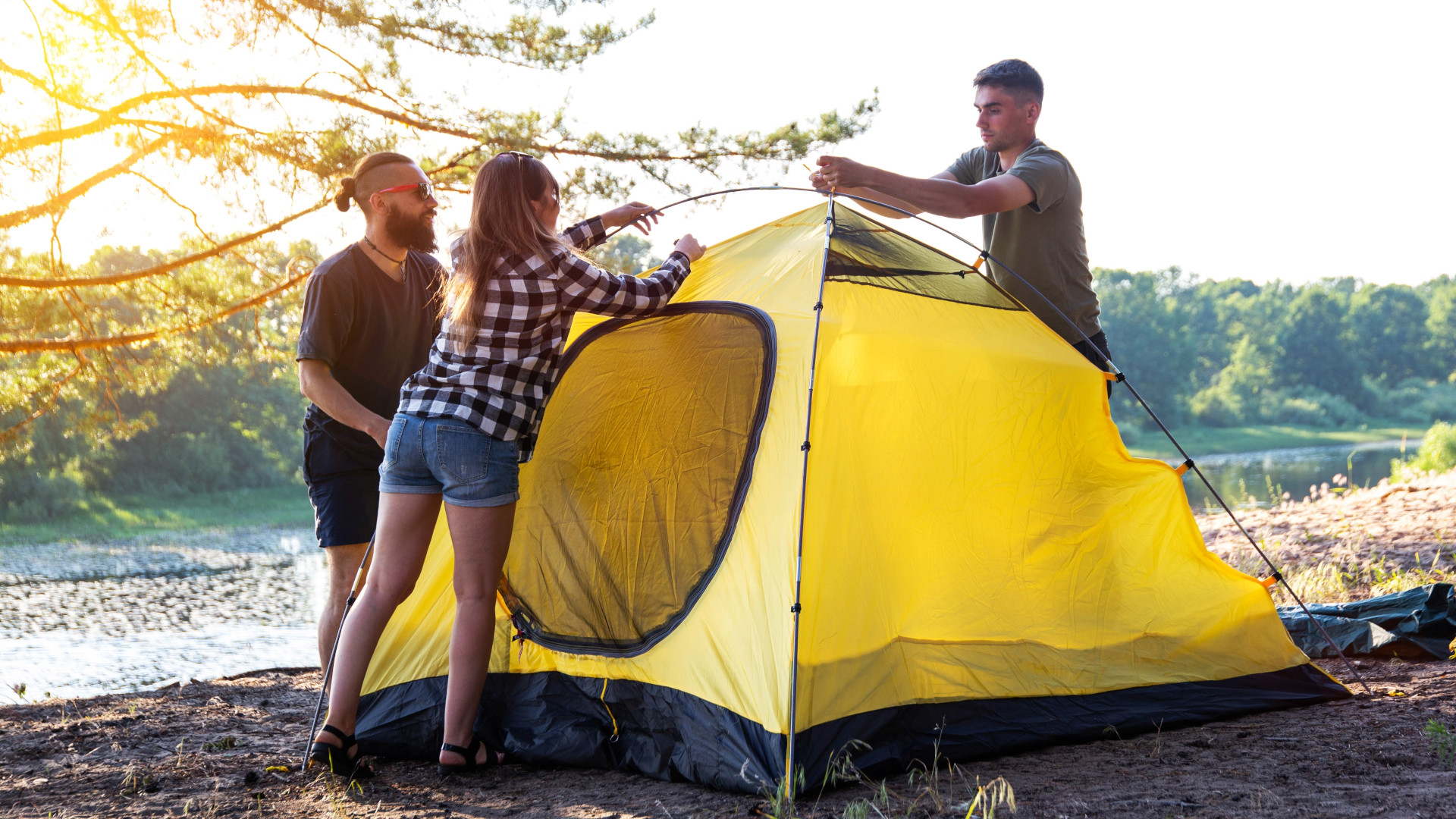 5 common camping mistakes and how to avoid them for a relaxed outdoor escape
5 common camping mistakes and how to avoid them for a relaxed outdoor escapeWhether you're a seasoned camper or a complete newbie, don't overlook these common blunders
By Bryony Firth-Bernard
-
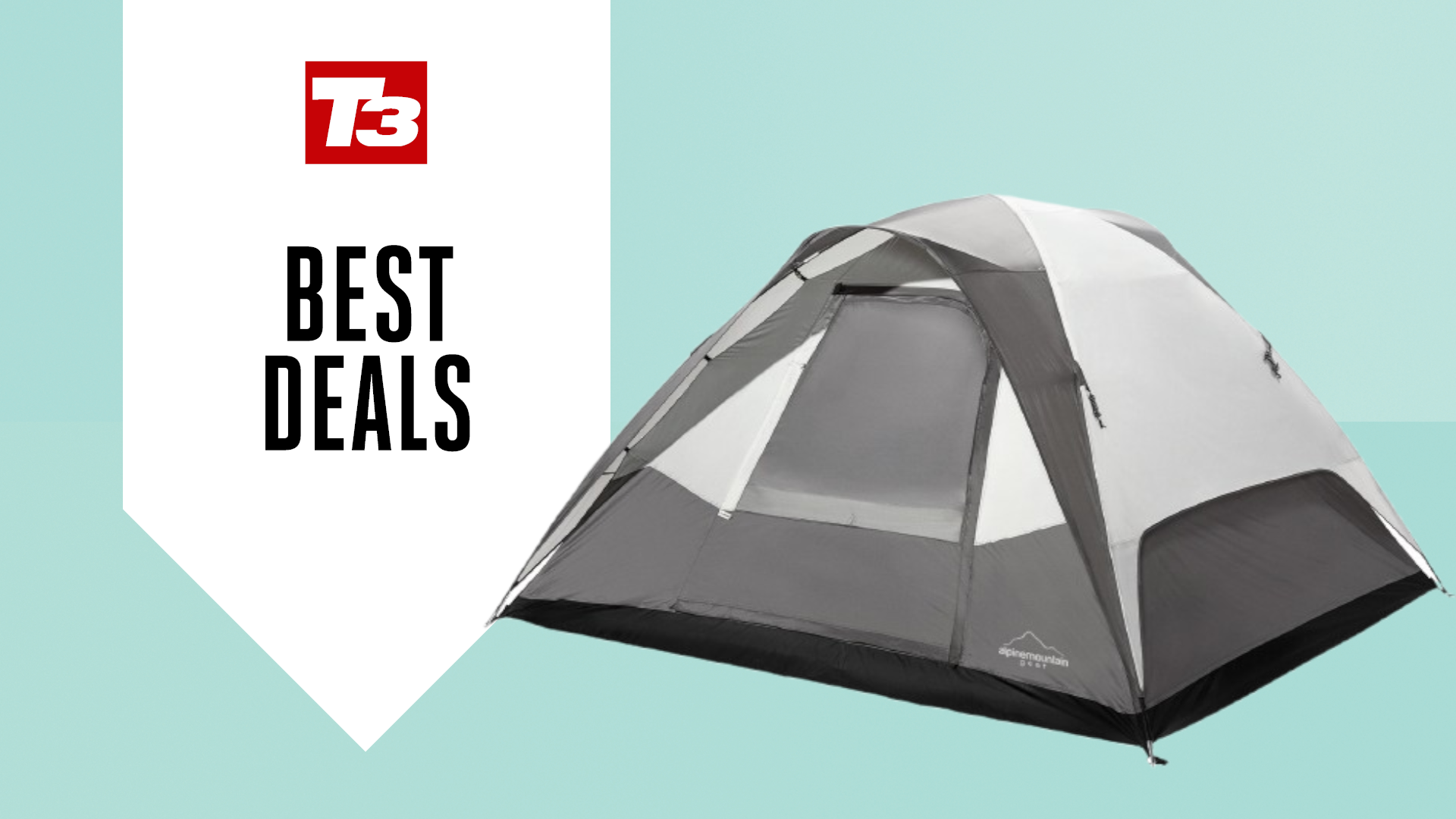 REI is selling this 6-person tent for just $83 – grab it before it's gone!
REI is selling this 6-person tent for just $83 – grab it before it's gone!This 3-season tent has almost 60% off
By Bryony Firth-Bernard
-
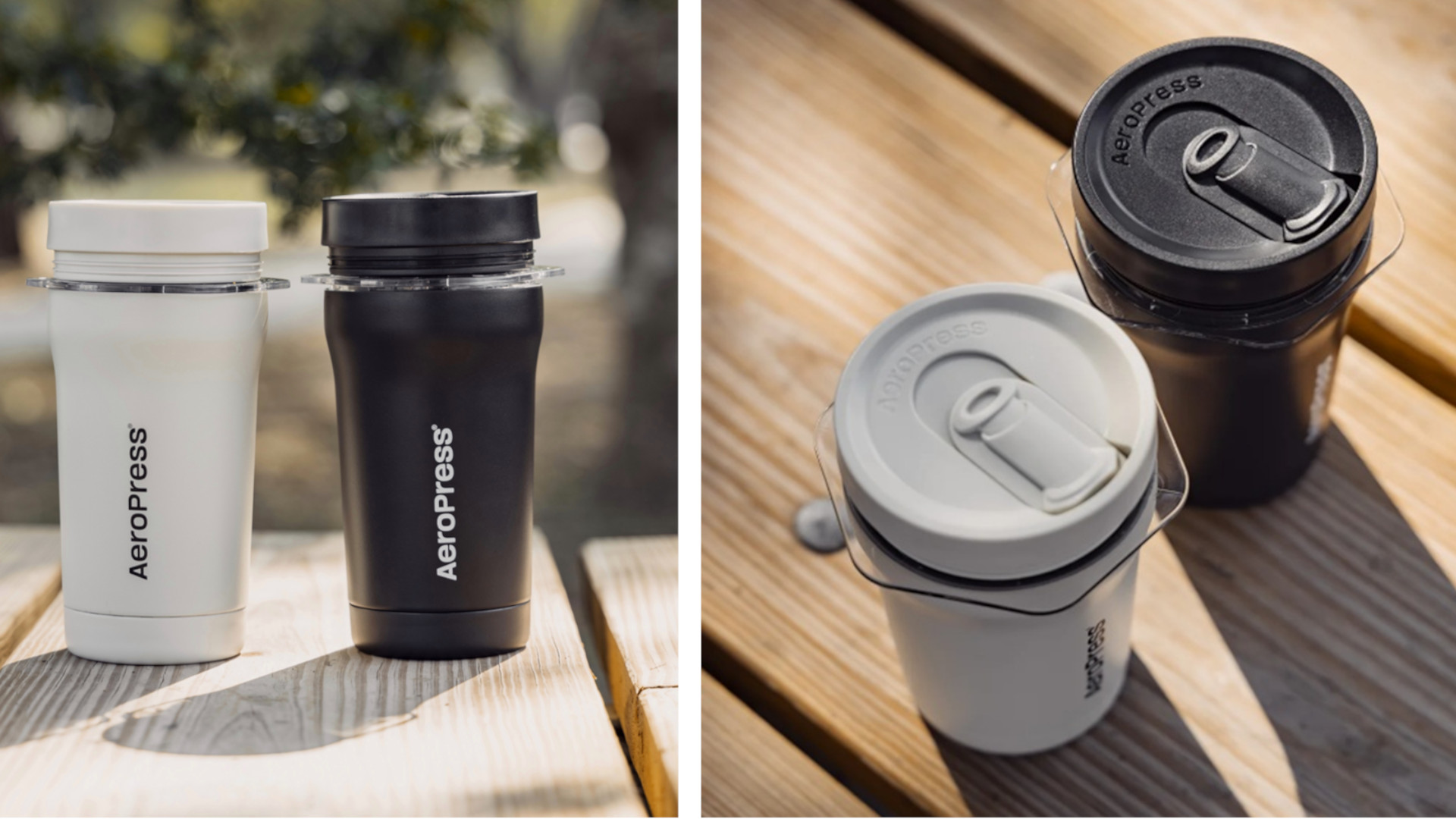 The AeroPress Go Plus is the gadget I need for my next outdoor adventure
The AeroPress Go Plus is the gadget I need for my next outdoor adventureWhether you’re off camping or heading on a hike, the new AeroPress Go Plus lets you enjoy great coffee on the go
By Bryony Firth-Bernard
-
 5 essential items every hiker should have in their backpack, according to a Mountain Rescuer
5 essential items every hiker should have in their backpack, according to a Mountain RescuerWhether you’re embarking on a quick hike or a long trek, these essentials can be invaluable
By Bryony Firth-Bernard
-
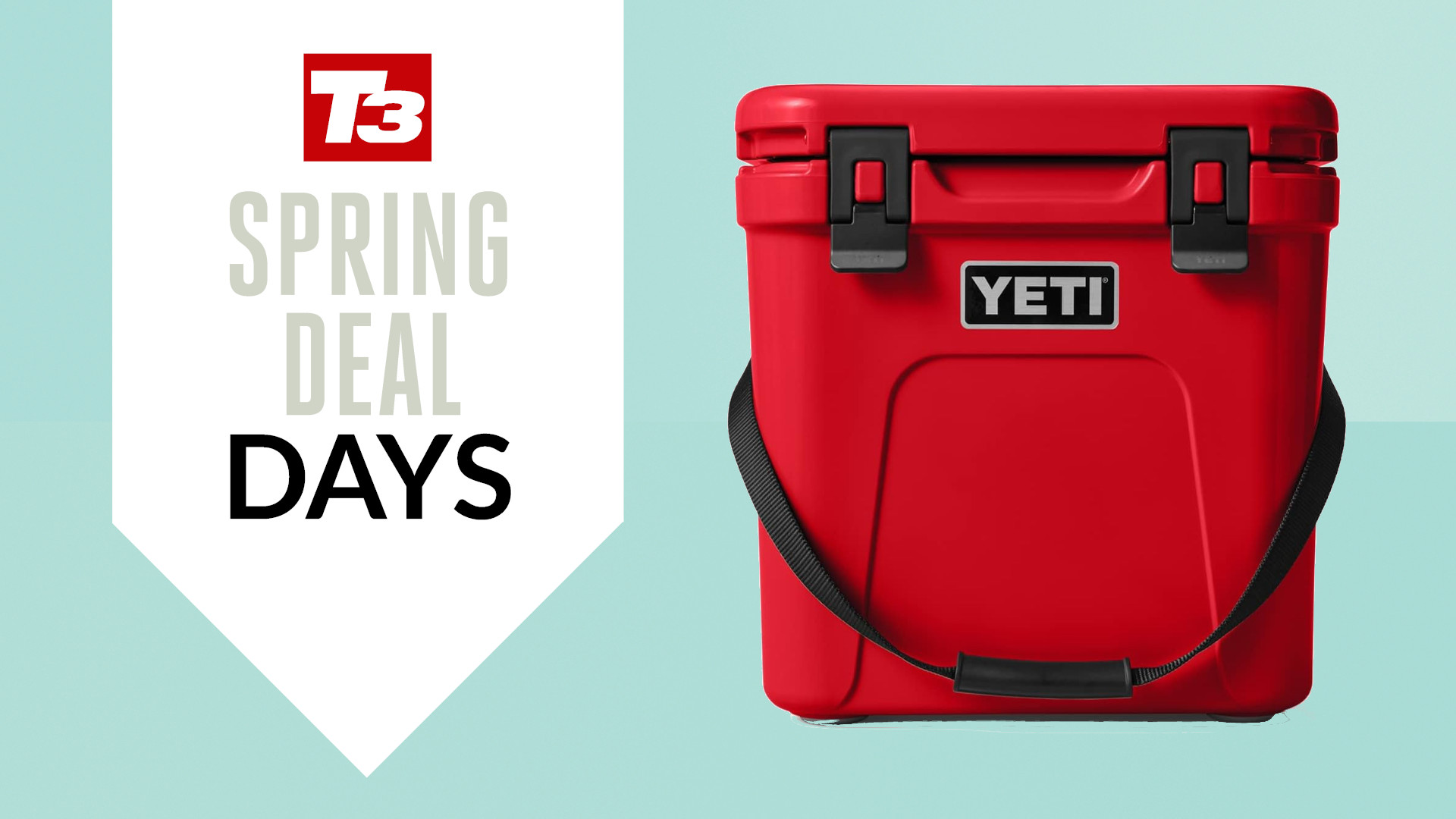 YETI has discounted a ton of its best-selling coolers and tumblers in Amazon’s Big Spring Sale
YETI has discounted a ton of its best-selling coolers and tumblers in Amazon’s Big Spring SaleJust in time for the warmer months
By Bryony Firth-Bernard
-
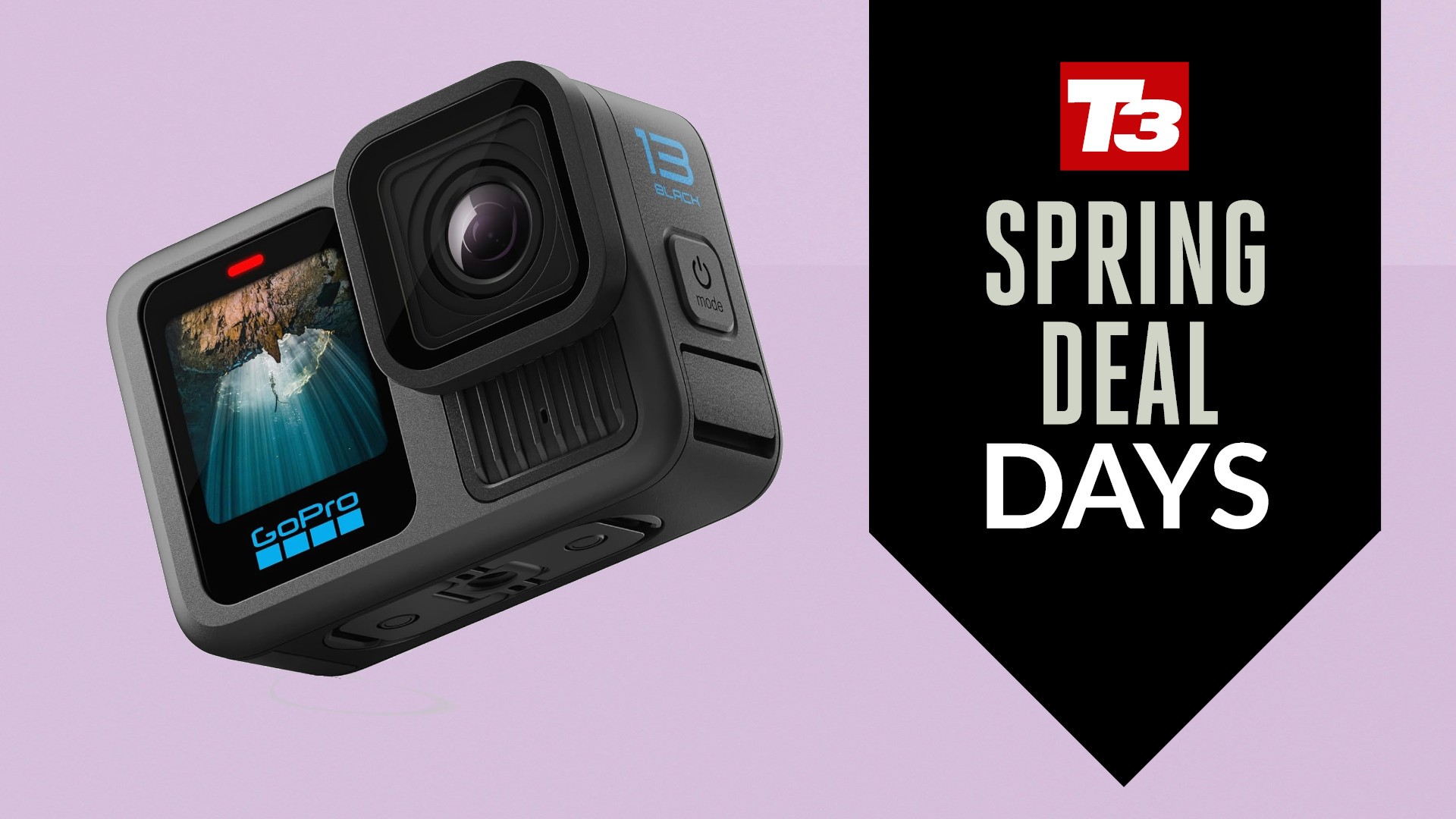 GoPro's latest flagship action cam just got a major price cut in Amazon's spring sale deal
GoPro's latest flagship action cam just got a major price cut in Amazon's spring sale dealYou can pick up the Hero 13 Black with almost 20% off
By Lee Bell
-
 How to sleep comfortably while camping, according to an outdoor expert
How to sleep comfortably while camping, according to an outdoor expertGet a restful night’s sleep under the stars with these simple steps
By Bryony Firth-Bernard
-
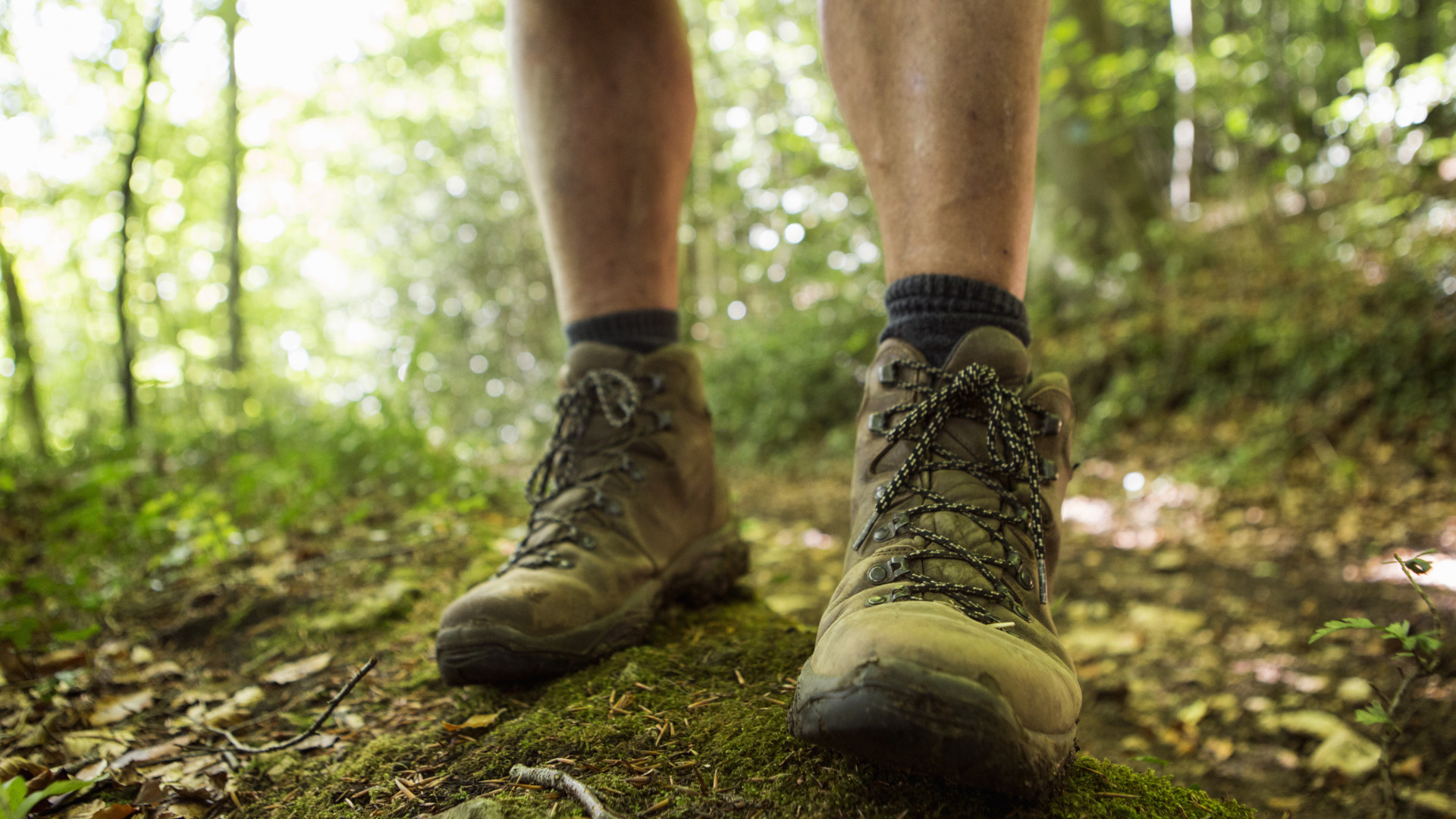 No stupid questions: how often should I clean my hiking boots?
No stupid questions: how often should I clean my hiking boots?Want to extend the life of your hiking boots? This is how often you should be cleaning them
By Bryony Firth-Bernard
